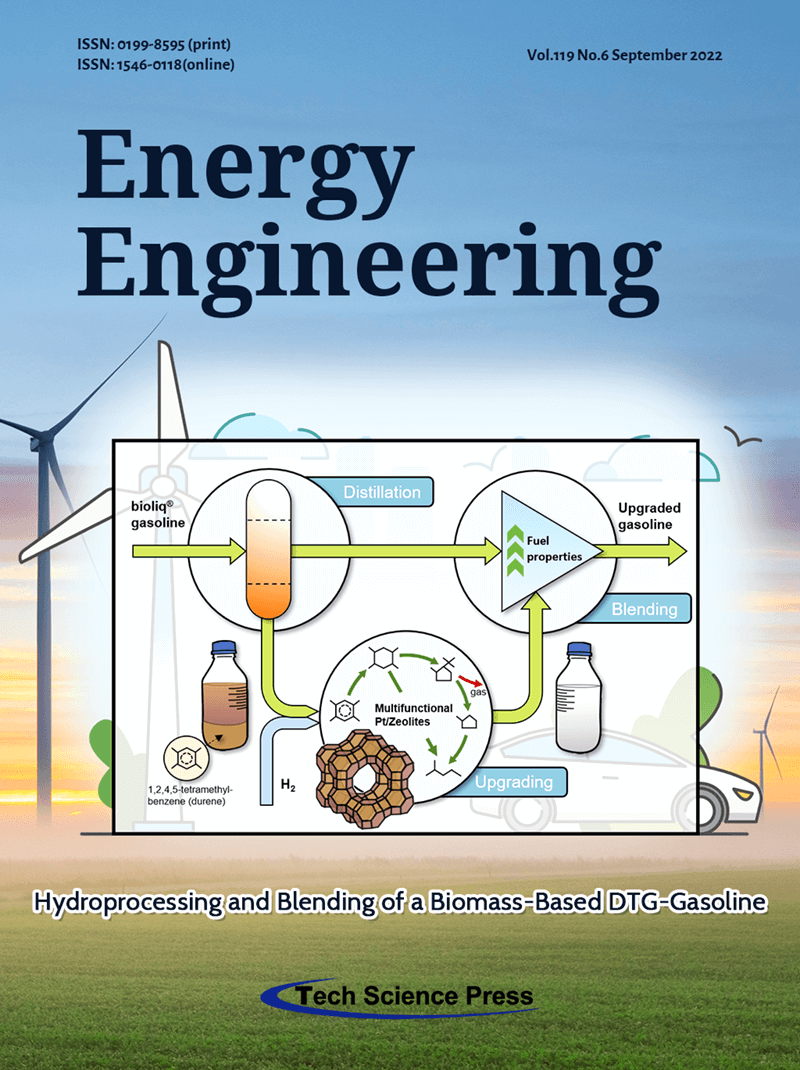
With the Green Deal, the European Union is pursuing the goal of comprehensively creating a CO2-neutral economy and society by 2050. Sales of internal combustion vehicles still significantly exceed those of electric ones, highlighting the need for bridging technologies to achieve the ambitious goals in the transport sector. Such technologies include Fischer-Tropsch and dimethyl ether-to-gasoline synthesis. The latter synthesizes aromatics-rich byproducts in addition to a valuable gasoline fraction, reducing process yields. The gasoline also lacks low-boiling components and contains a high concentration of 1,2,4,5-tetramethylbenzene (durene), posing a risk of crystallization. Hydroprocessing of the heavy ends can improve petrochemical parameters. At the same time, the content of unsaturated molecules is lowered, improving the emission tendency of the fuel.
View this paper